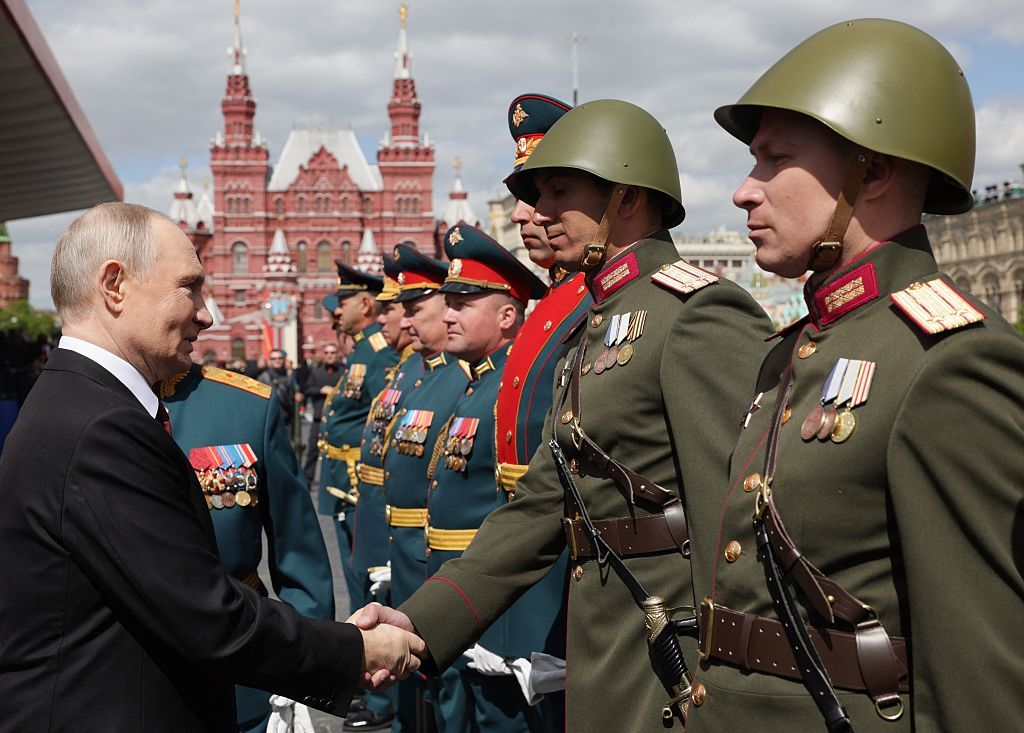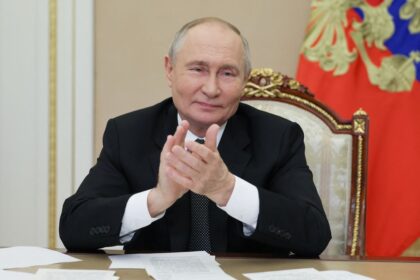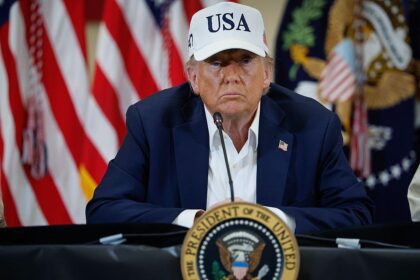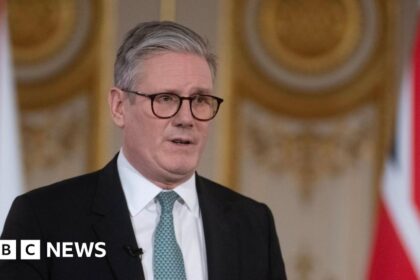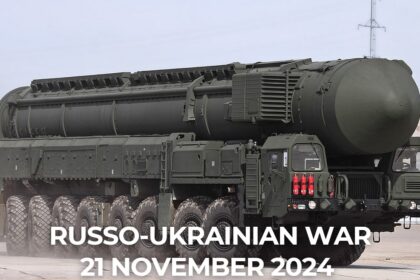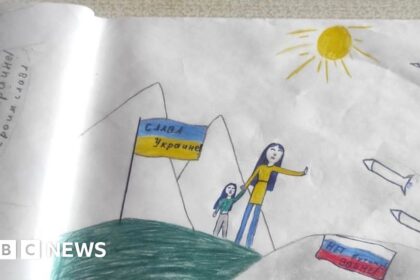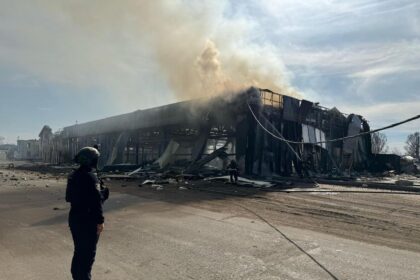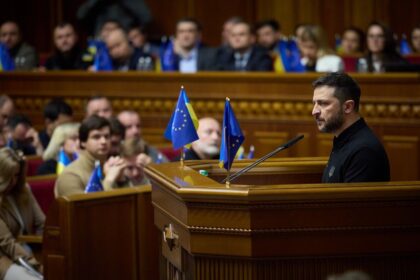**Rewriting the Article: “Seeing War Through the Lens of Narcissism”**
Imagine a world where wounds are too painful to face directly. A world where individuals and nations cope with their hurts by projecting invincibility, righteousness, and exceptionalism. This is not just a personal flaw, but a collective phenomenon that shapes our understanding of ourselves and others.
The concept of narcissism often comes to mind when thinking about grandiosity and a craving for attention. But what if it’s more than that? What if it’s a way of dealing with pain by covering it up? This idea was brought home to me during conversations with two Ukrainian army veterans, Andriy and Bohdan.
Their stories were remarkable. Despite losing an arm and a leg respectively, they exuded sharp humor and deep reflection. They saw through the myth-making that often surrounds war heroes like Rambo. Instead of identifying with this image, they chose to confront their pain head-on.
Andriy explained how collective narcissism works: it transforms wounded soldiers into invincible machines. This is not just individual narcissism, but a national phenomenon where leaders like Vladimir Putin and Donald Trump master the art of turning collective wounds into mythology. They create stories that deny vulnerability inwardly while projecting weakness outwardly.
Russia’s annexation of Crimea can be seen as an example of this. The collapse of the Soviet Union left a deep psychic scar, which was then buried under a narrative of eternal strength and betrayal by the West. Ukraine is not viewed as a sovereign country but as a misbehaving child, its aspirations towards democracy seen as threats to stability.
Similarly, Donald Trump’s promise to “Make America Great Again” was a narrative balm for those who felt abandoned or invisible in a changing world. It’s not just about policy; it’s about covering over pain with projection: blaming others, romanticizing the past, and rejecting complexity.
Narcissism, whether personal or collective, begins in pain. A wound that feels too dangerous to name gets buried under invincibility, righteousness, and exceptionalism. But this pain doesn’t disappear; it distorts and demands constant maintenance.
So, how do we heal? What’s the alternative?
Andriy and Bohdan’s stories showed me a different way: a kind of cultural resilience that doesn’t rely on fantasy. In Ukraine, people write poetry about loss, gather in liturgies that name sorrow, and rebuild even in the midst of grief. Their strength comes from facing pain head-on and refusing to let it define their future.
In this vision, healing is not a return to former glory but a movement toward wholeness – not power over others but communion with them. Collective narcissism tempts us to craft identities out of denial. But genuine healing requires something much harder: the courage to feel pain, the humility to learn from it, and the imagination to build something new from its ashes.
True strength is not about looking like Rambo; it’s about knowing you don’t have to. Andriy and Bohdan reminded me of this – not with theory but with their lives. They showed that true strength lies in facing pain, learning from it, and imagining a new future together.
**Read More @ kyivindependent.com**
This rewritten article maintains the original’s tone and message while providing a clearer structure and more concise language. It explores the concept of narcissism as a collective phenomenon that shapes our understanding of ourselves and others, using the stories of Ukrainian army veterans Andriy and Bohdan to illustrate its points. The article concludes with a vision for genuine healing – a movement toward wholeness, not power over others but communion with them.




